Hecuba: An Enigmatic Asteroid Explored

Introduction
Asteroids have long captivated our imagination with their mysterious nature and celestial beauty. Among the countless asteroids that populate our solar system, Hecuba stands out as a particularly enigmatic celestial object. In this article, we will delve into the intriguing world of Hecuba, exploring its origin, composition, and significance in our understanding of asteroids.
The Discovery of Hecuba
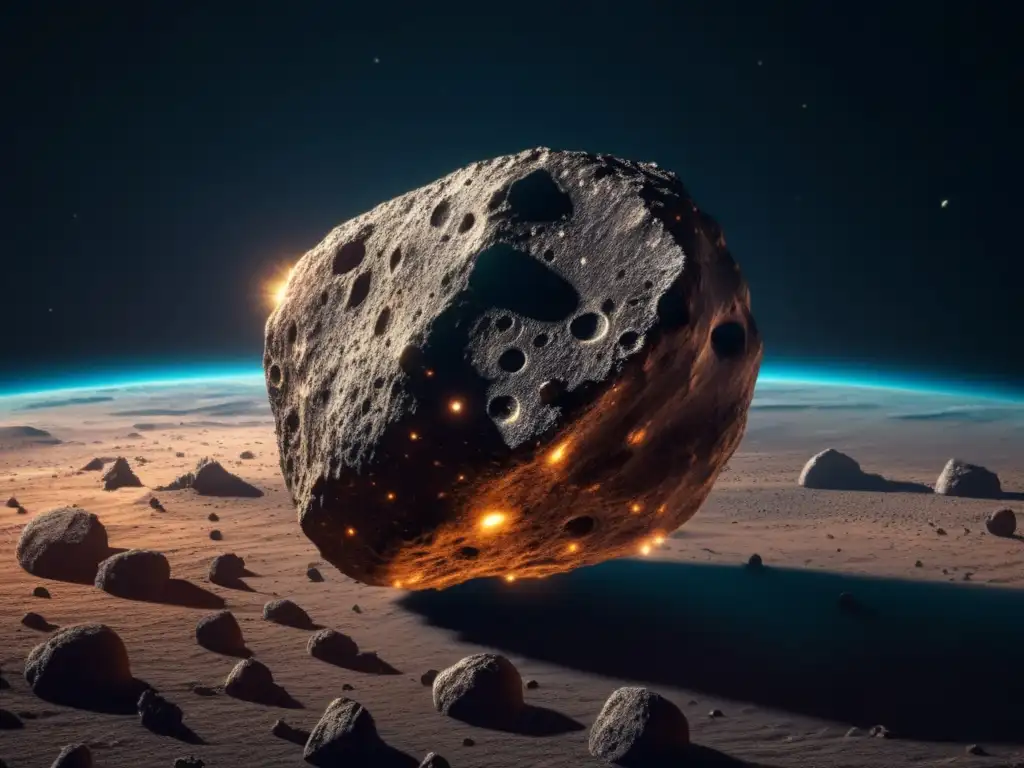
The Early Observations
Hecuba was first discovered by the renowned astronomer Auguste Charlois on February 4, 1886, at the Nice Observatory in France. Initially designated as 167 Hecuba, this asteroid has since undergone significant scrutiny and study to unravel its secrets.
Orbital Characteristics
Hecuba follows an elliptical orbit within the main asteroid belt, situated between Mars and Jupiter. It takes approximately 4.7 years to complete a single revolution around the Sun, reaching a maximum distance of 2.823 astronomical units (AU) and a minimum distance of 2.322 AU from our star.
Physical Properties
With a diameter of around 64 kilometers, Hecuba belongs to the larger class of asteroids known as "mid-sized" or "medium-sized" asteroids. Its surface is believed to be composed primarily of silicate minerals, such as olivine and pyroxene, along with traces of carbonaceous compounds.
The Origin and Formation of Hecuba
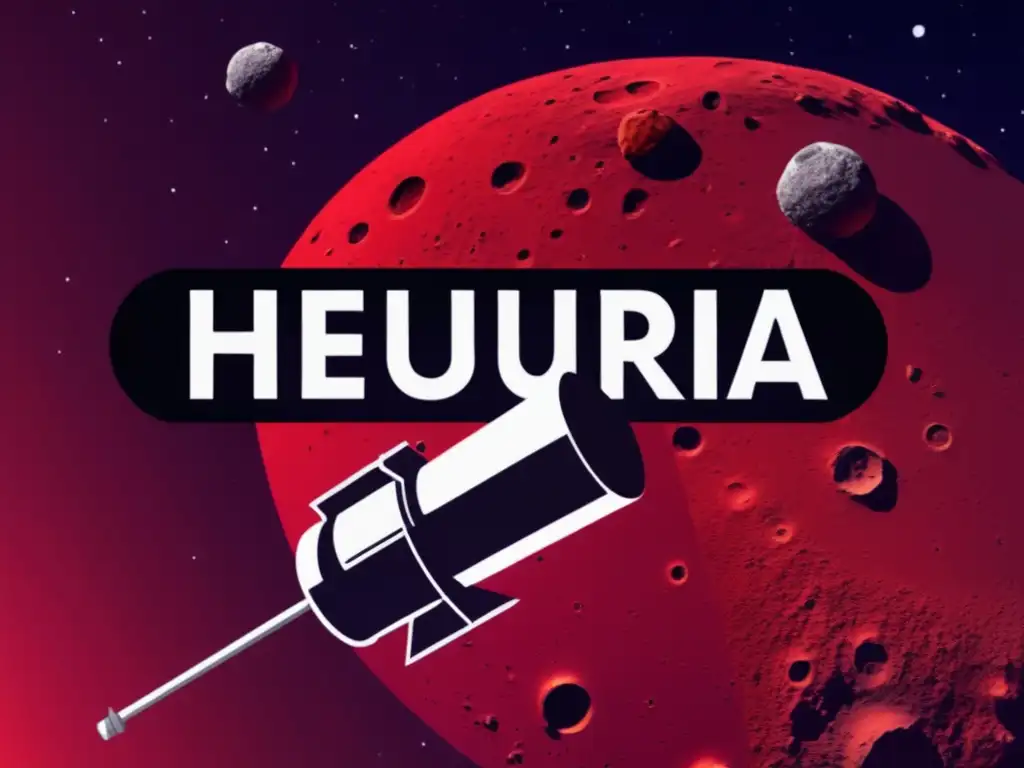
Ancient Relics from the Birth of the Solar System
Like many other asteroids, Hecuba is believed to be a remnant from the early stages of our solar system's formation, dating back over 4.6 billion years. It likely originated from the protoplanetary disk, a swirling cloud of gas and dust that surrounded the young Sun.
Collisional Evolution and Fragmentation
The asteroid belt, where Hecuba resides, is the result of a complex history of collisions and gravitational interactions. It is thought that Hecuba may have formed as a result of a significant collision between larger parent bodies, leading to the creation of multiple fragments and the birth of individual asteroids like Hecuba.
Trojan Asteroid and Jupiter's Role
Hecuba is classified as a Trojan asteroid, specifically belonging to the Trojan camp of asteroids associated with the orbit of Jupiter. These asteroids reside near Jupiter's Lagrange points, where the gravitational pull of the gas giant helps maintain their stable orbits.
The Cultural Significance of Hecuba

Mythological Connections
In Greek mythology, Hecuba was the queen of Troy, married to King Priam. Her tragic fate and the fall of Troy have been immortalized in various ancient texts and plays. The naming of asteroids after mythological figures adds a layer of cultural significance to these celestial bodies.
Astronomical Research and Exploration
Hecuba, along with other asteroids, plays a crucial role in advancing our knowledge of the solar system's formation and evolution. Scientists study their composition, structure, and orbital dynamics to gain insights into the conditions that led to the birth of planets and the development of life.
Potential for Resource Extraction
With the growing interest in space exploration and resource utilization, asteroids like Hecuba may become targets for future mining missions. Their mineral-rich composition, including valuable metals and rare elements, holds the potential to support future space endeavors and meet the resource demands of our expanding civilization.
Frequently Asked Questions
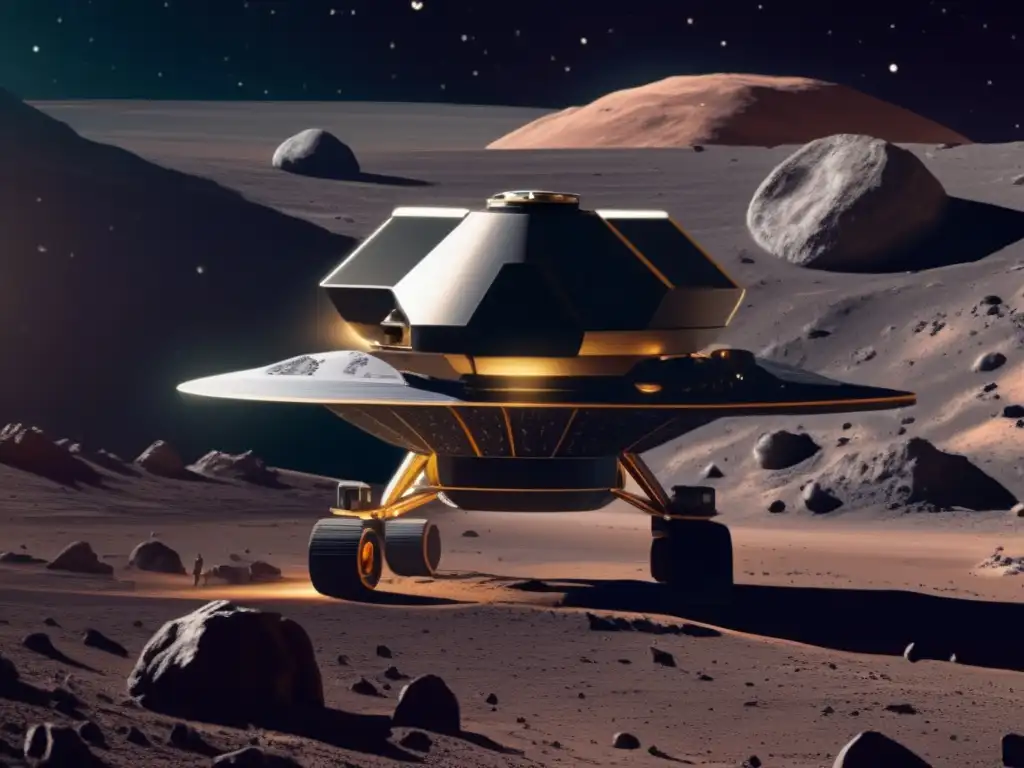
-
What is the size of Hecuba?
Hecuba has an estimated diameter of approximately 64 kilometers.
-
Where is Hecuba located?
Hecuba resides within the main asteroid belt, situated between Mars and Jupiter.
-
What is a Trojan asteroid?
Trojan asteroids are a group of asteroids that share Jupiter's orbit, specifically residing near its Lagrange points.
-
How old is Hecuba?
Hecuba, like other asteroids, is believed to have formed over 4.6 billion years ago during the early stages of the solar system's development.
-
Has Hecuba been explored by spacecraft?
As of now, no dedicated missions have been sent to Hecuba. Most information about the asteroid comes from ground-based observations.
Conclusion
Hecuba provides us with a window into the ancient past of our solar system while also serving as a source of inspiration and wonder. Its unique characteristics and historical connections make it a fascinating subject of study for scientists and enthusiasts alike. By continuing to explore and understand asteroids like Hecuba, we gain invaluable insights into the universe's grand tapestry and our place within it.
Thank you for joining us on this journey of discovery. We encourage you to share your thoughts and continue exploring asteroid-related topics on www.asteroidrealm.com. Together, we can unravel the mysteries of the cosmos.
Additional Resources

For further information about asteroids and related topics, please refer to the following resources:
- NASA: Asteroids
- NASA's Solar System Exploration: Asteroids
- Space.com: Asteroids
- International Astronomical Union: Asteroids
 Hector: The Tale Of A Famous Asteroid
Hector: The Tale Of A Famous Asteroid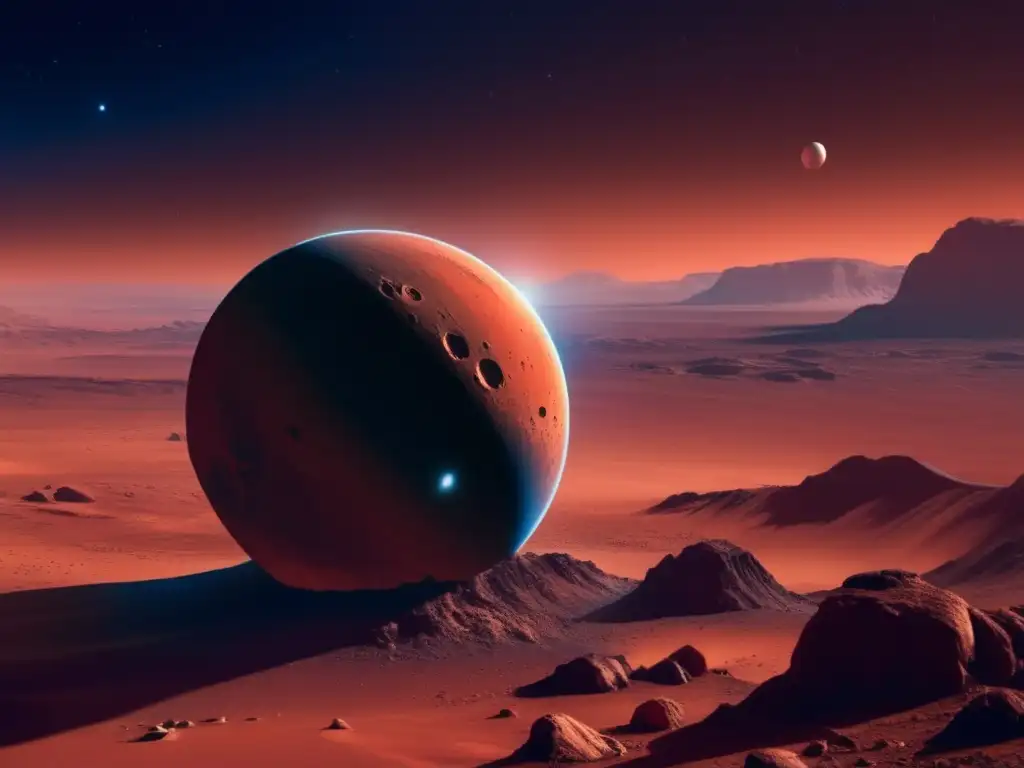 Understanding The Mystery Of Asteroid Euphorbus
Understanding The Mystery Of Asteroid Euphorbus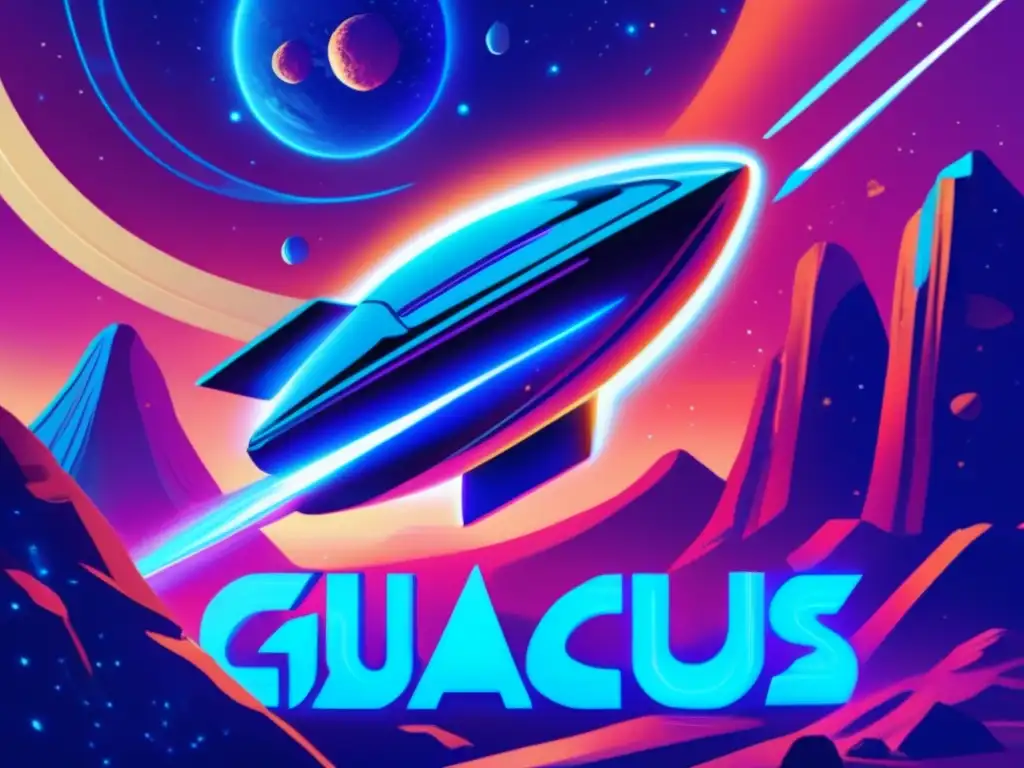 Decoding The Intriguing Characteristics Of Asteroid Glaucus
Decoding The Intriguing Characteristics Of Asteroid GlaucusIf you want to discover more articles similar to Hecuba: An Enigmatic Asteroid Explored, you can visit the Asteroid Profiles category.
Leave a Reply

Articulos relacionados: